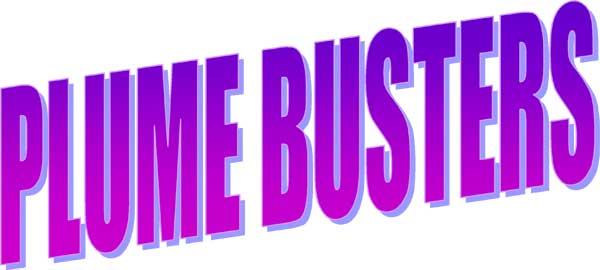
Environmental and earth science students seldom have an opportunity to apply what they learn in class to the solution of real-world problems. With NSF support we have developed and are testing the prototype Plume Busters software in which students take on the role of an environmental consultant to prevent contamination of a downstream public water supply. The software consists of an interactive, Java application and accompanying HTML linked pages. The application simulates movement of a plume from a pipeline break through a shallow alluvial aquifer towards a major river just upstream from a municipal water supply intake.
The environmental consultant has been hired by the pipeline owner to locate the plume and remediate the contaminated aquifer at minimum monetary and time cost and before the contamination reaches the river. To locate the plume, the student places observation wells on a gridded map of the study area and the simulation returns the contaminant concentrations at those locations on the appropriate sample dates. Once the plume is located, the student is able to site pumping and injection wells on the map for aquifer remediation using a simple pump-and-treat technique. The simulation then computes the movement of particles to the pumping wells and returns the cumulative mass removed by the production remediation well.
The accompanying web pages establish the simulated contamination scenario and provide students with background material on ground-water flow and transport principles. To make the role-play more realistic, the student must consider cost and time when making decisions about siting observation wells and wells for the pump-and-treat remediation system. Installation of observation and production or injection wells has associated costs in terms of time and money. The time it takes to complete the remediation also depends on the type of wellfield design selected, well placement with respect to the plume, and the necessity to obtain the required permits for disposal of the treated water to the river or injection back into the aquifer.
Separate high school- and college-undergraduate prototype versions have been developed and were tested during the 2004-5 academic year using students in earth and environmental science, introductory geology, environmental geology, and hydrogeology classes. Software development is continuing with new NSF support to add new features to the prototype software.
Kansas Geological Survey
Page updated June 9, 2005
URL="http://www.kgs.ku.edu/Hydro/GWtutor/about.html"
Comments or suggestions to webadmin@kgs.ku.edu